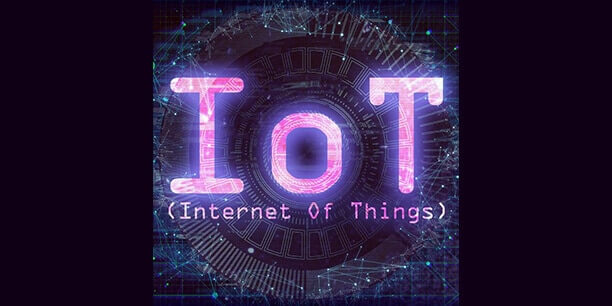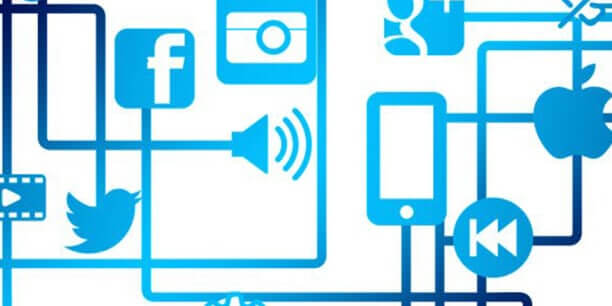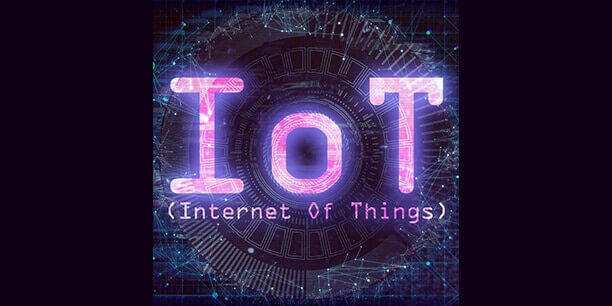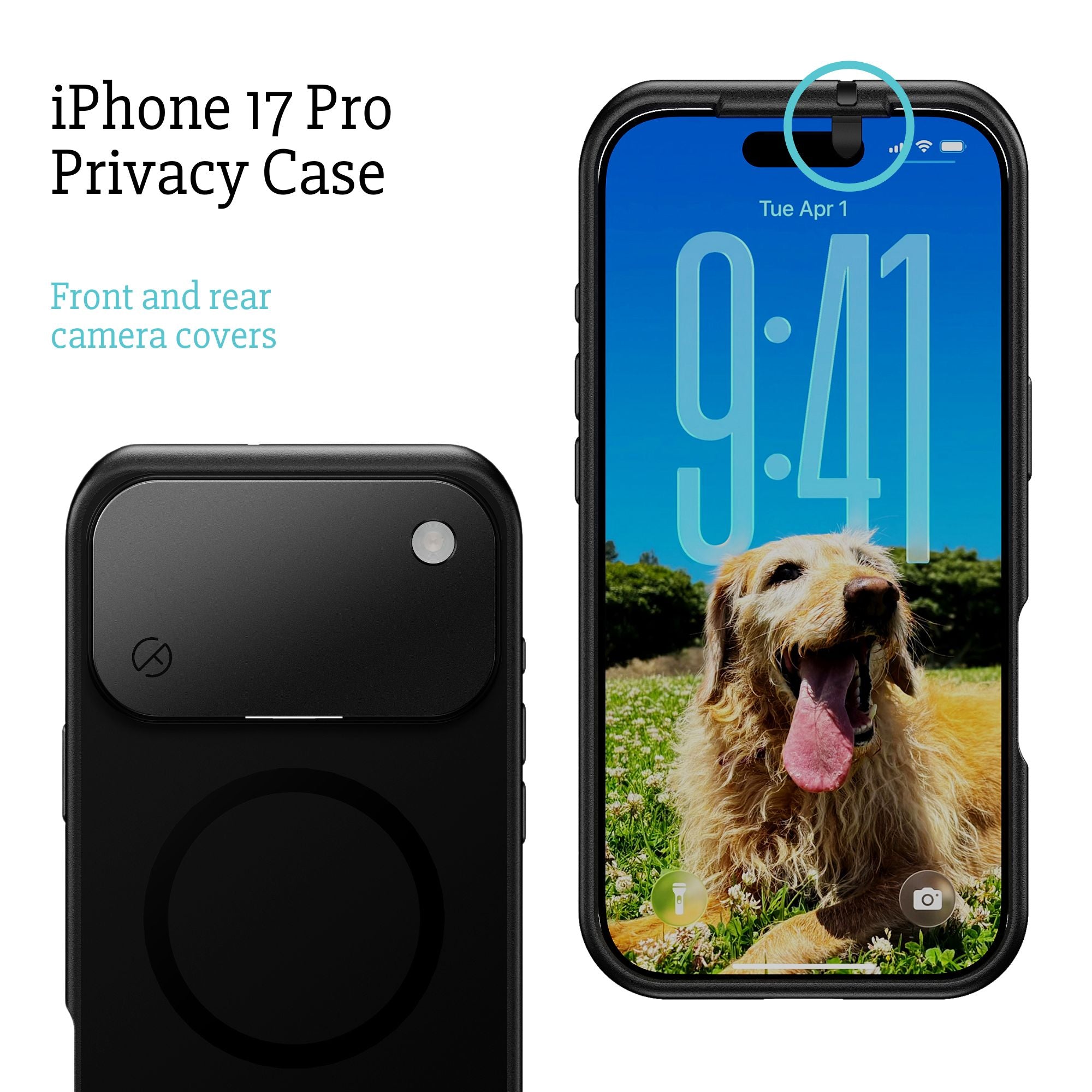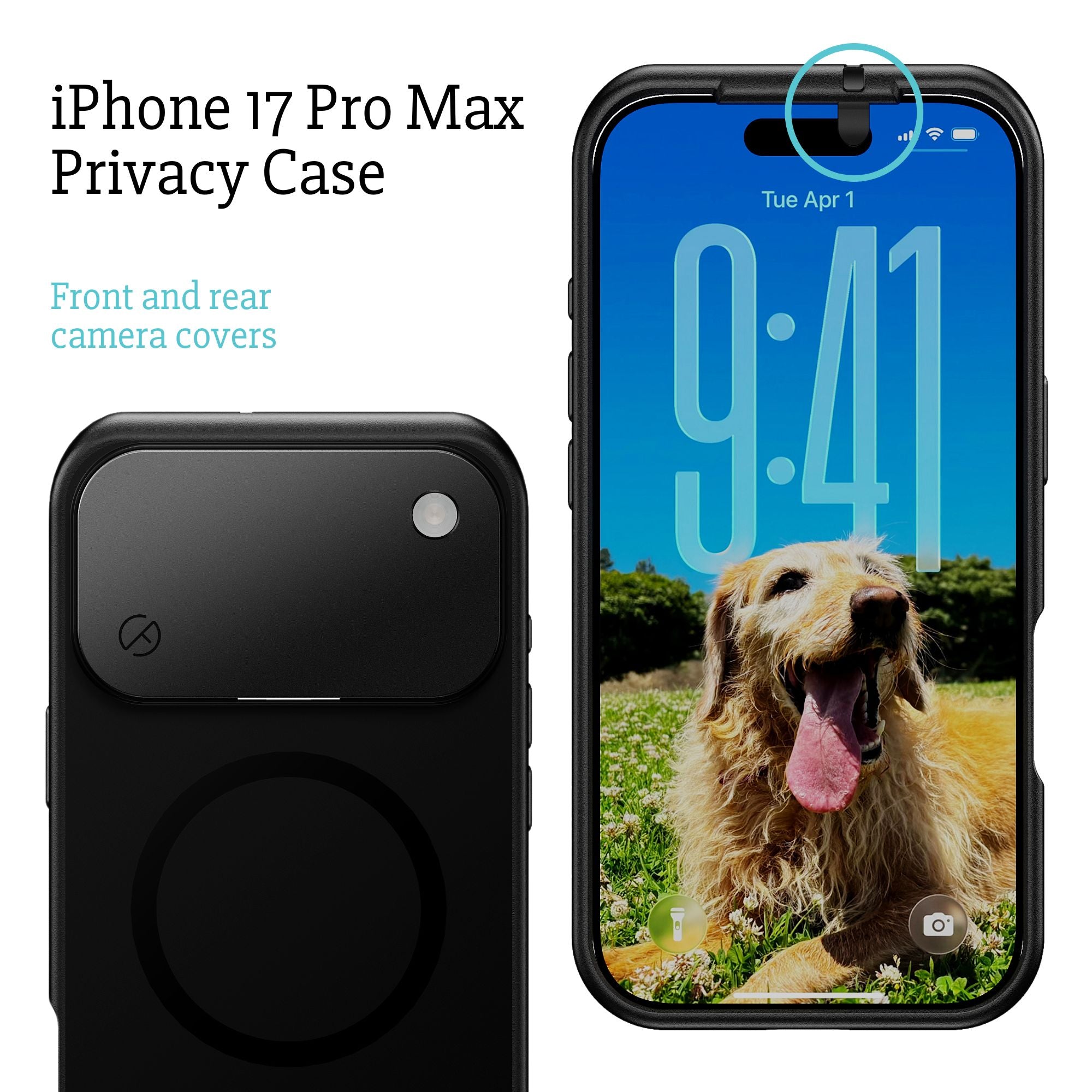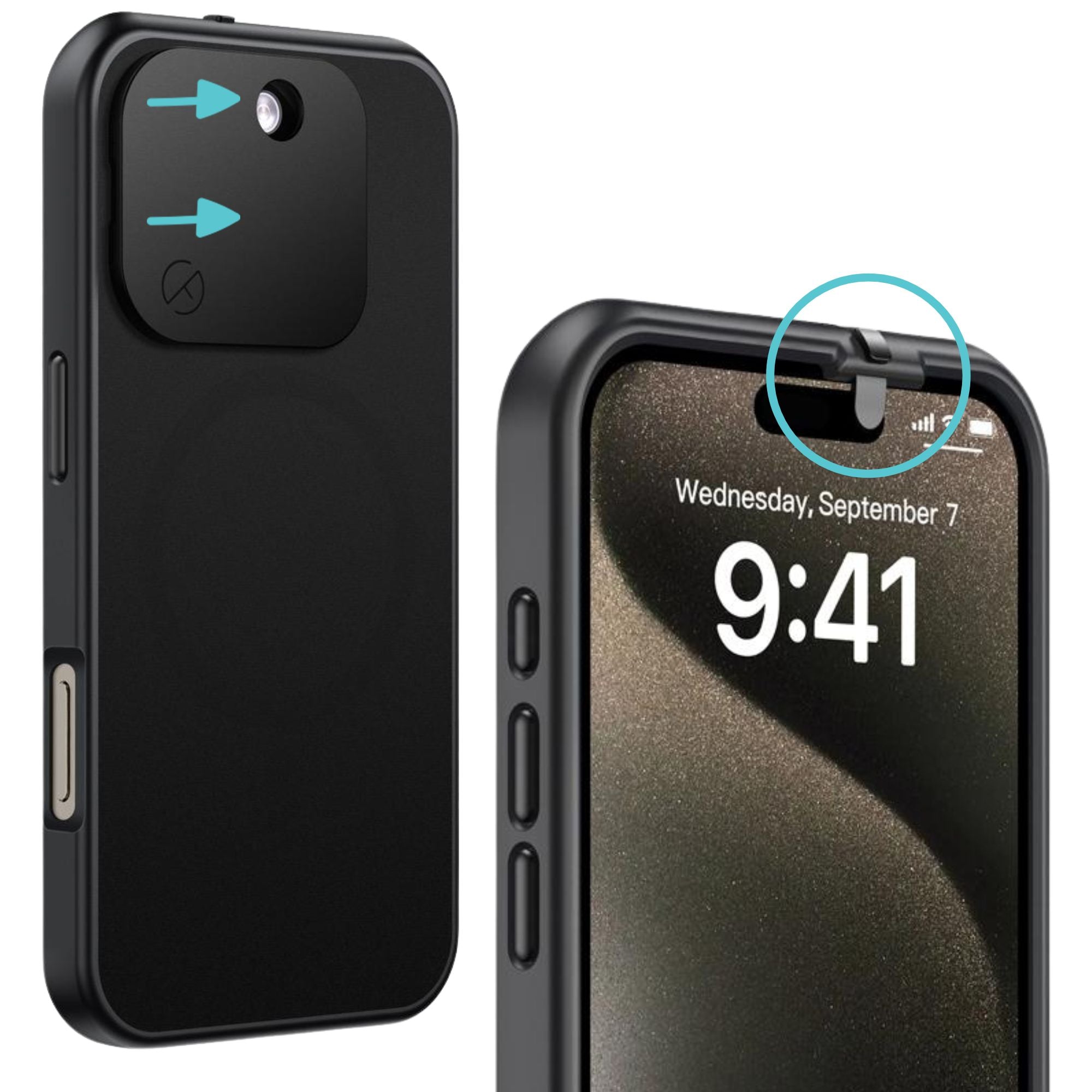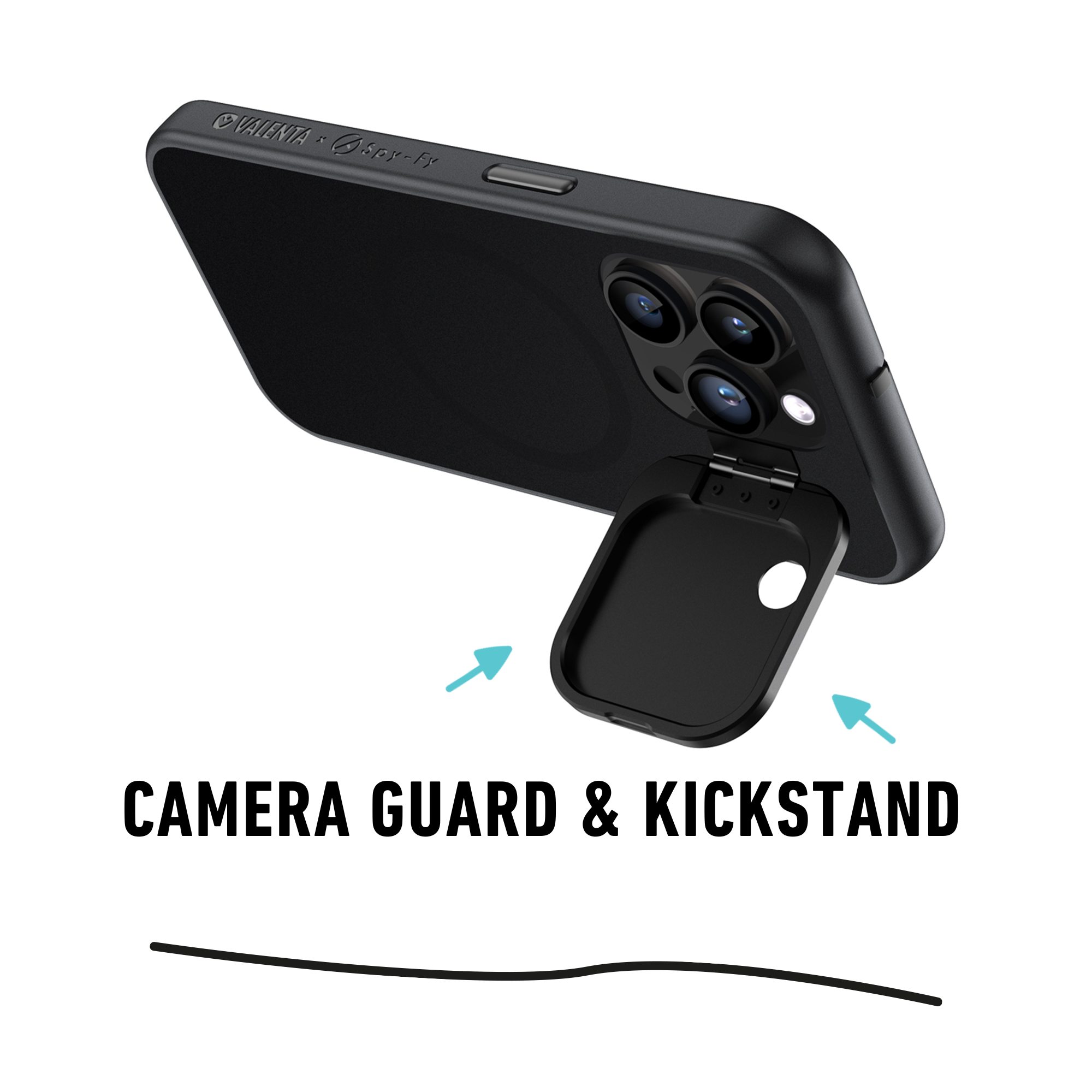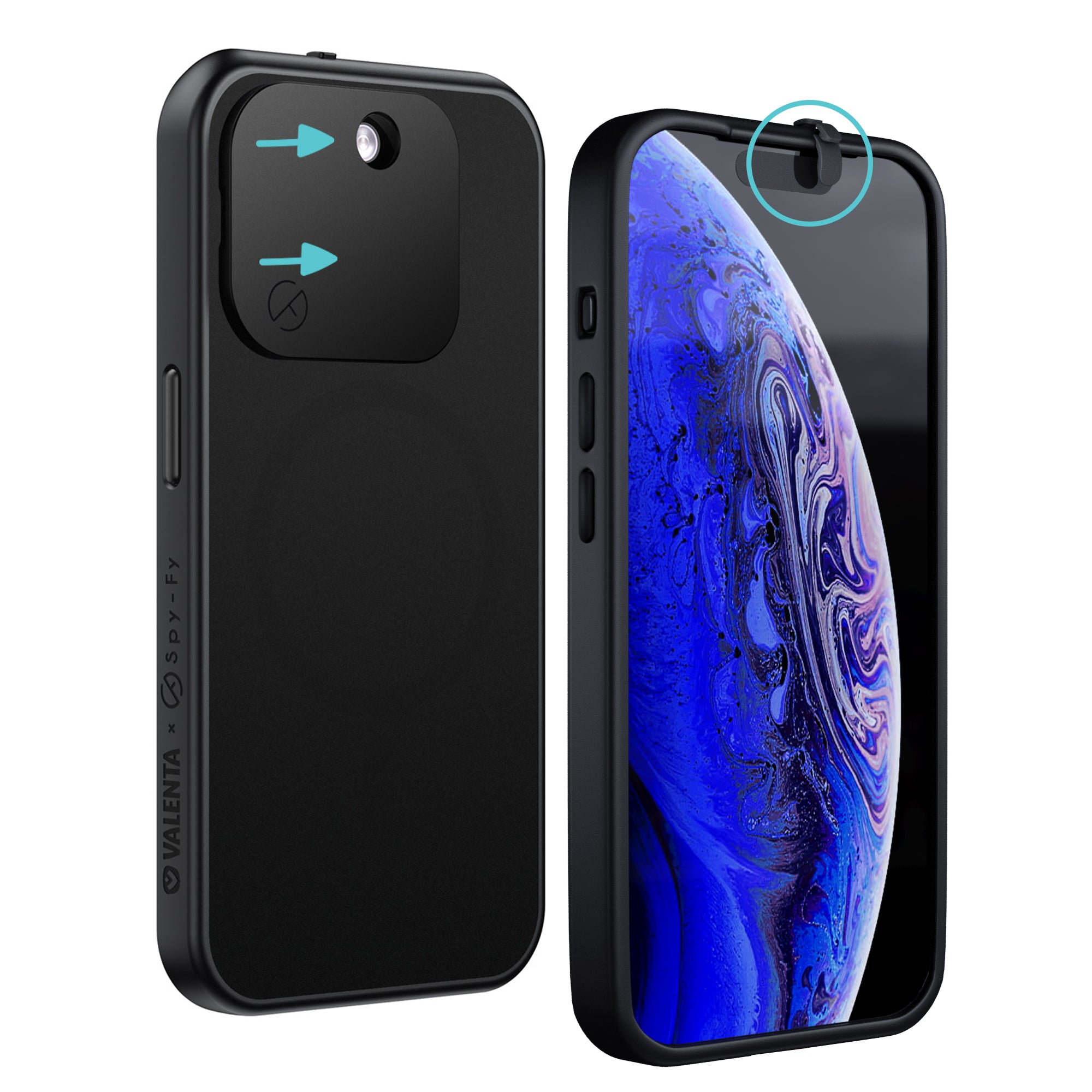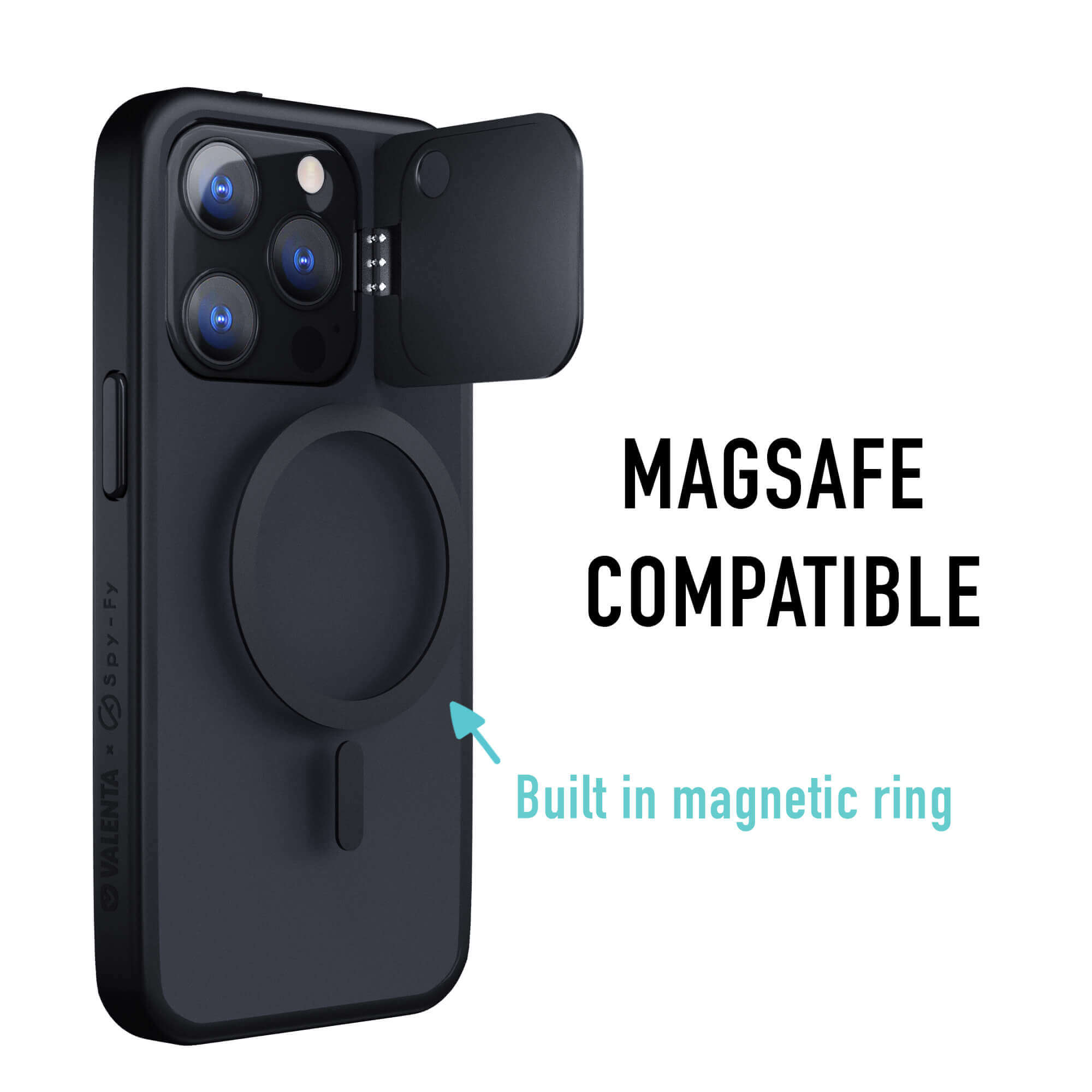“The Internet of Things (IoT) is a system of interrelated computing devices, mechanical and digital machines, objects, animals or people that are provided with unique identifiers and the ability to transfer data over a network without requiring human-to-human or human-to-computer interaction.”
— “What is the Internet of Things” on IoT Agenda.
Do you know what is the Internet of Things (IOT)?
We can hardly blame you for this. IoT is very complicated, especially to people without any background in information technology. That is why we will try to explain it to you in the simplest way possible. The concept of some sort of a network of smart devices was discussed somewhere around 1982, with a modified Coke vending machine at Carnegie Mellon University being the first Internet-connected appliance, this machine was enabled to report its inventory and whether newly loaded drinks were cold or not. Cool right? Well, a lot of things have changed since then so it has become a rather complicated and sophisticated field.
One full IoT system has four different components: sensors/devices, connectivity, data processing, and a user interface. We are going to explain every one of these components:
1. Sensors/Devices
Firstly, the sensors/devices collect data from their surroundings using an individual sensor or a whole system of sensors. This could be as simple as reading the temperature or as complex as streaming an entire video.
I say “sensors/devices” because it is possible to bundle multiple sensors together to become a device that can do much more than just sense things around it. A smartphone, for example, is a device with various sensors (camera, accelerometer, GPS, etc.)
2. Connectivity
Secondly, the data gathered is being sent to the cloud, but a way to get there is needed. Those sensors/devices can be connected to the cloud by a variety of methods including a cellular link, cable, WiFi, Bluetooth Connection, Low Power Wide Area Networks (LPWAN), or simply connected to the internet via ethernet. There are some compromises to be made between power consumption, the range of the connection and bandwidth. It’s up to the individual IoT application to choose which networking option is best, but they all perform the same task: getting information into the cloud.
3. Data Processing
When the data is sent to the cloud, some kind of software processes that information accordingly. This can be something very simple like temperature or humidity reading or can be something very very complex like using special AI software to identify burglars in your home. But what happens next?
4. User Interface
In the final step of the IoT process, the user comes in to play. The information gathered, processed are now being sent to the final user in a user-friendly manner that is easily understandable. This can be something relatively simple like sending an SMS to the user when the company’s cold storage malfunctions and temperatures are rising. In most cases, these IoT systems are not only a one-way street for delivering information. IoT technology now allows for the user to take action and in the case mentioned above – to connect and remotely adjust the temperature of that particular storage unit. Also for some advanced IoT systems, actions are taken automatically by the system. For example, if you have an IoT home alarm system, and the system detects an unwanted presence in the house(burglar) the system will automatically call the police to step in and help.
Conclusion:
IoT is a series of sensors and devices that are tasked to collect data on the matter of interest and then forward that data to the cloud for processing. After processing, the software might notify the user or take action by themselves in accordance with a predefined plan for action.
